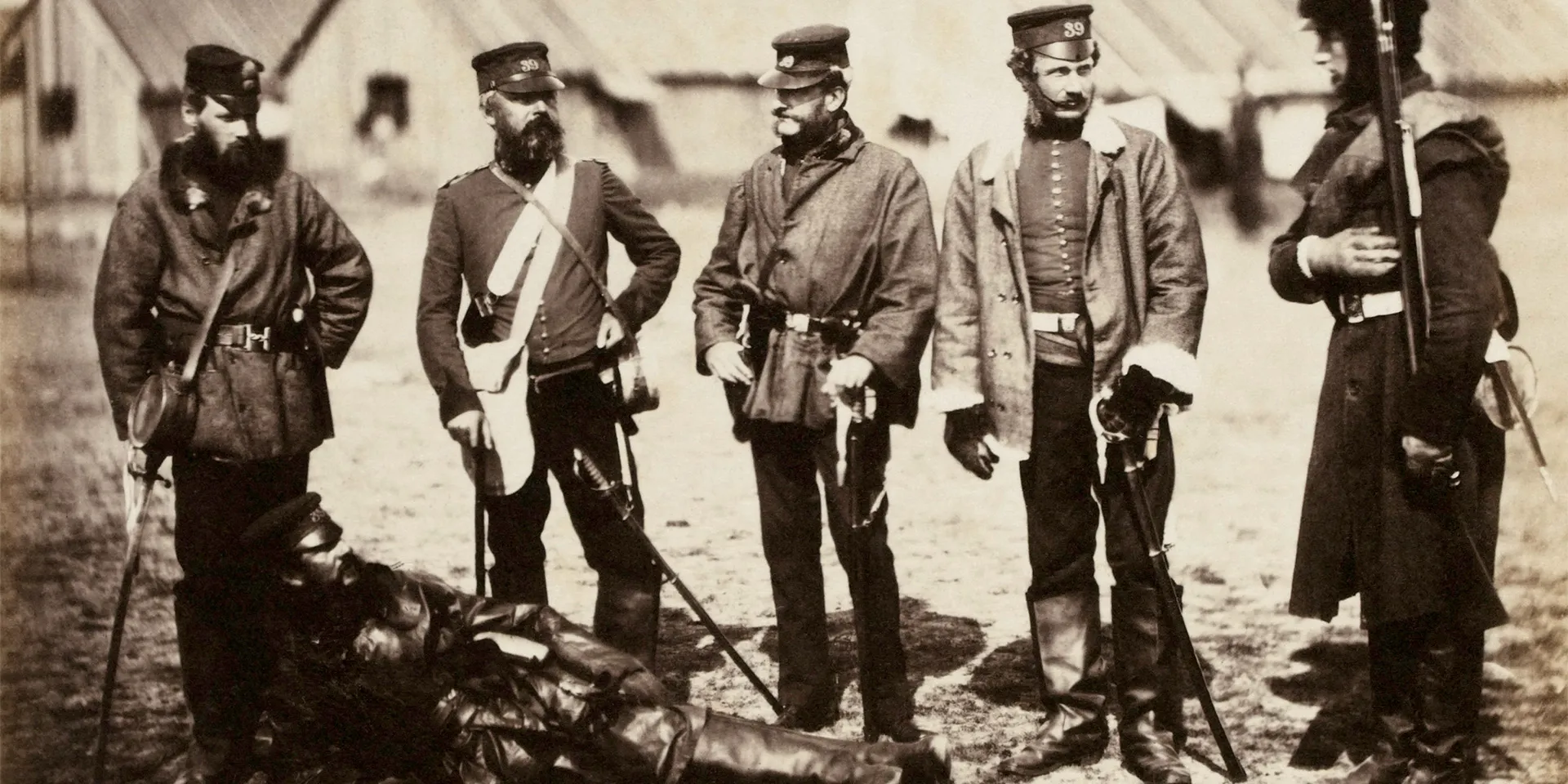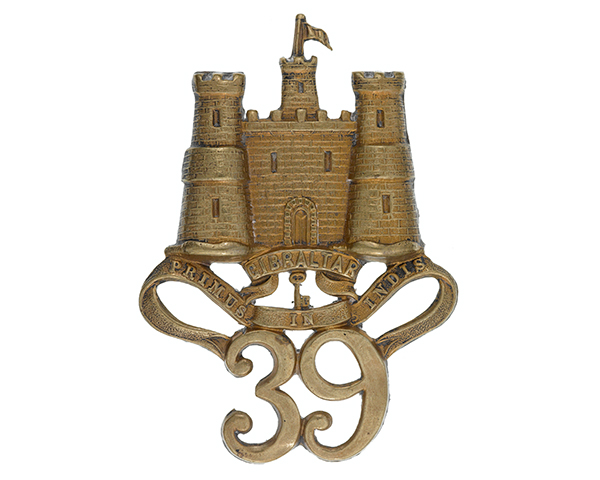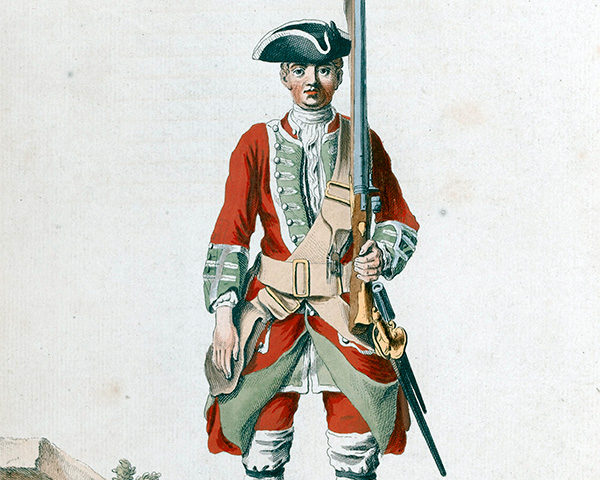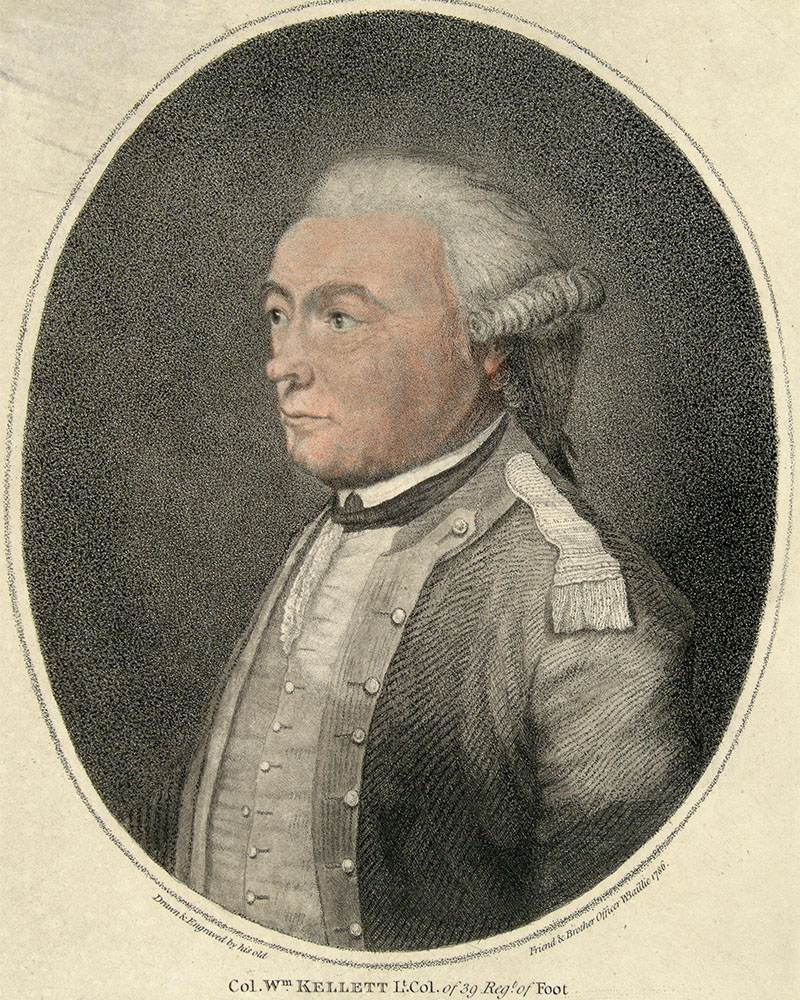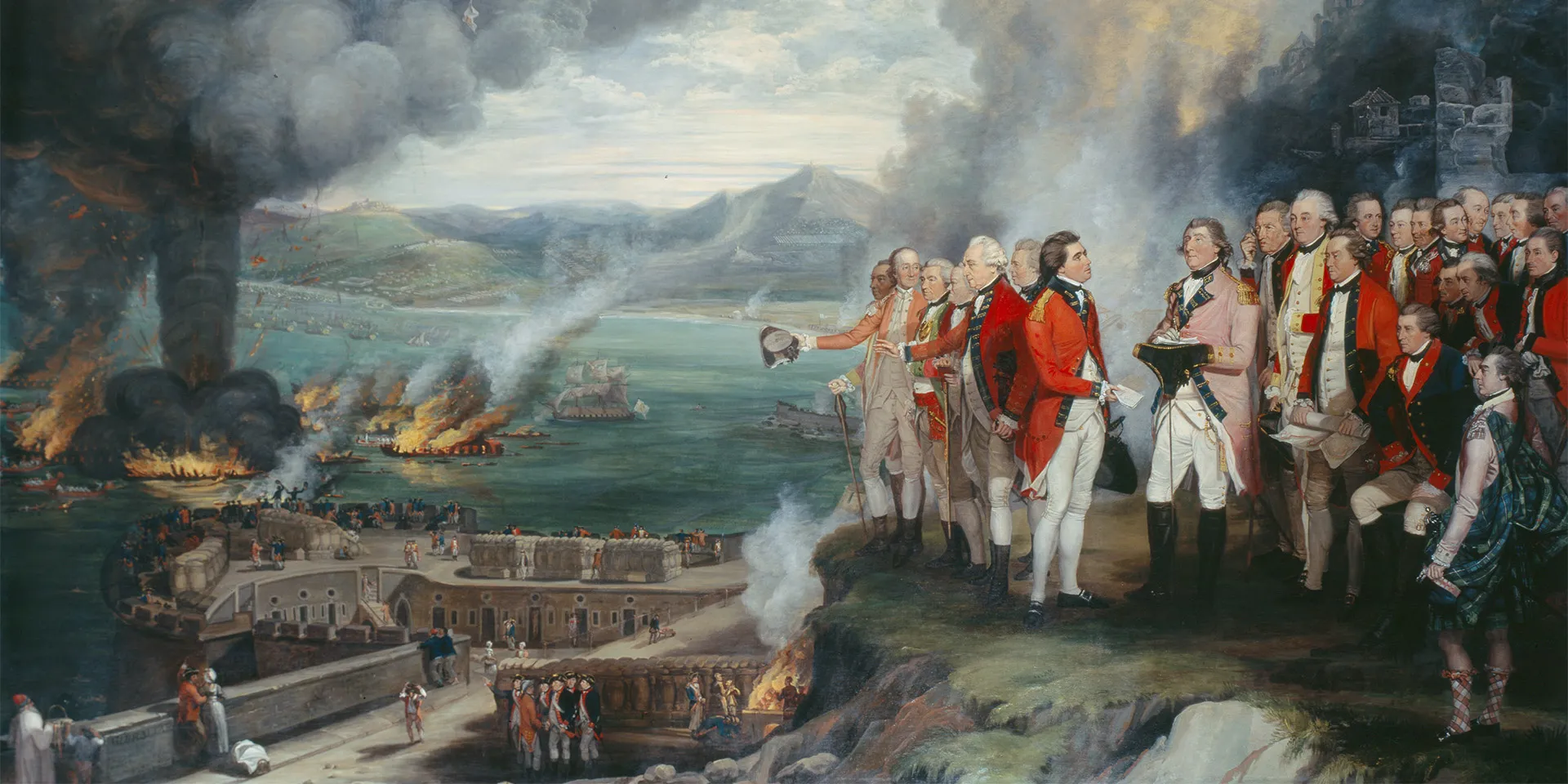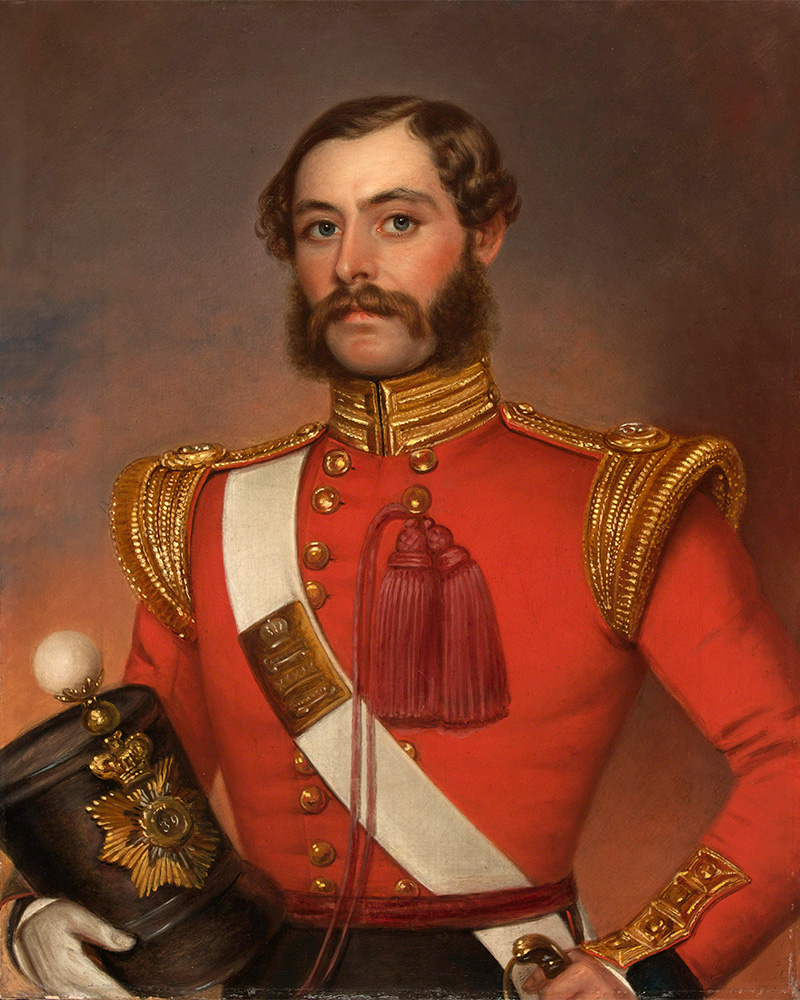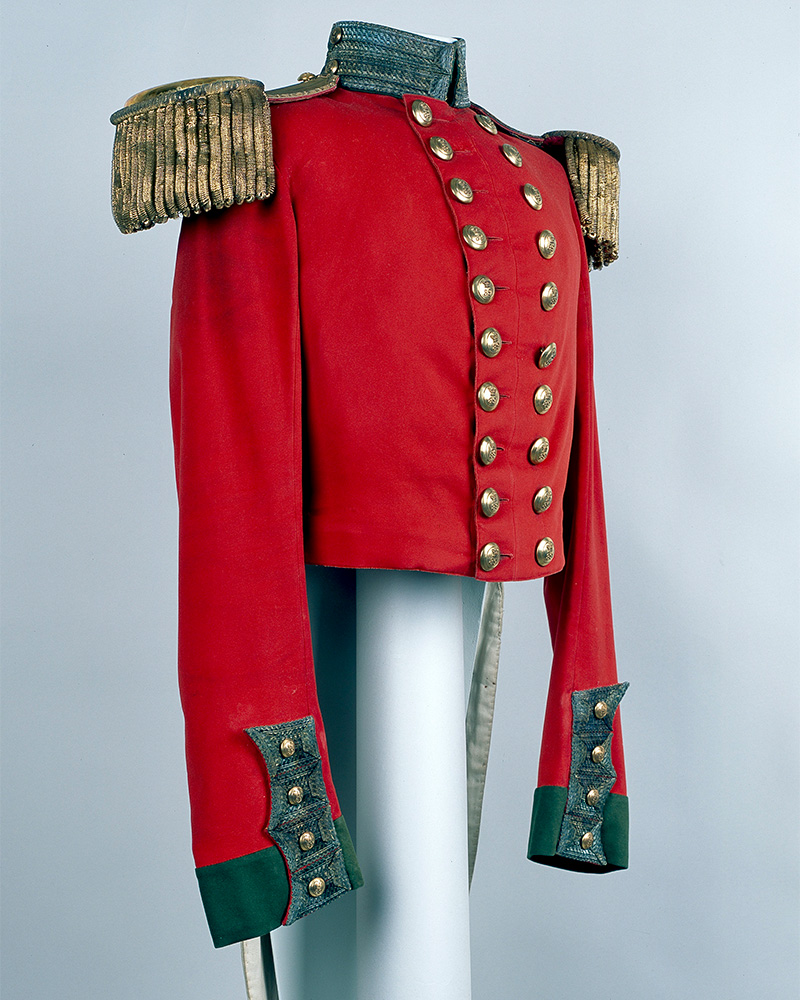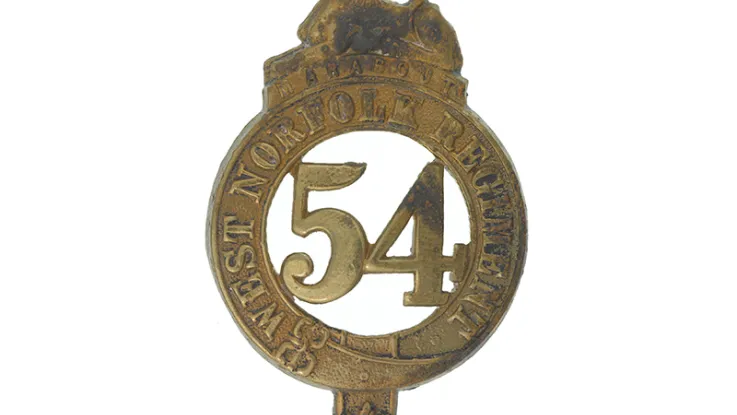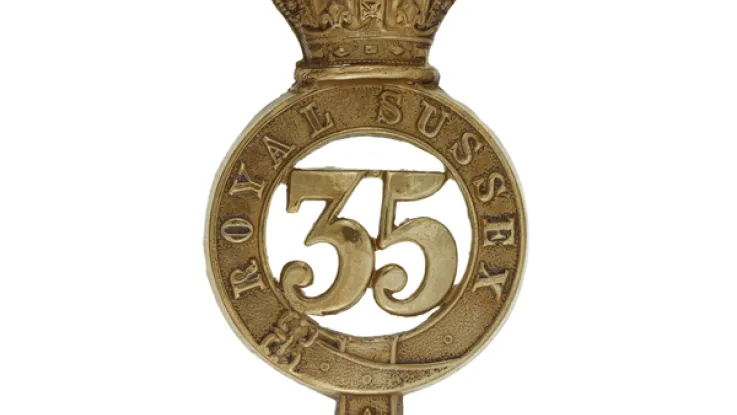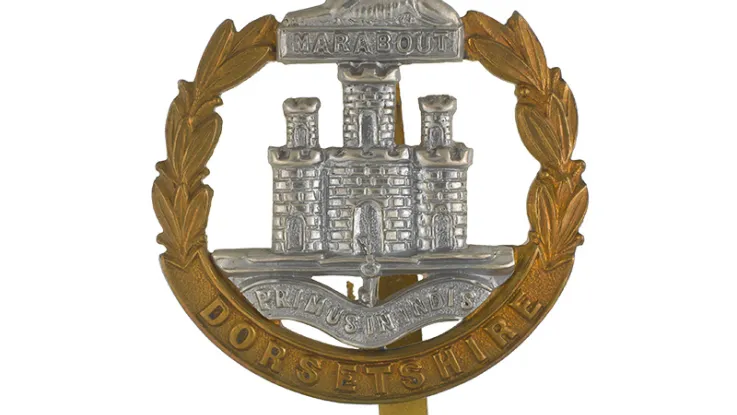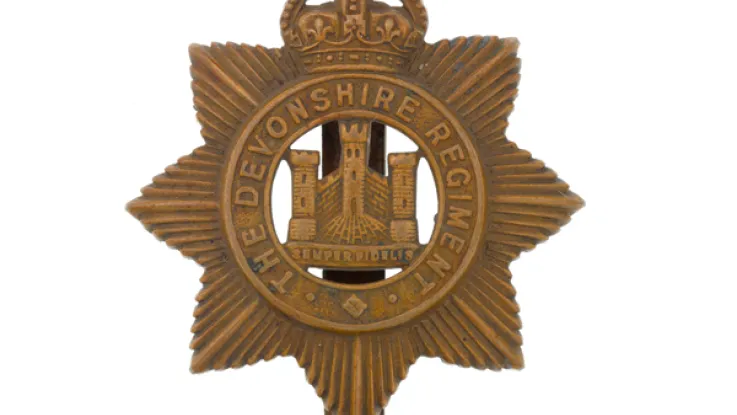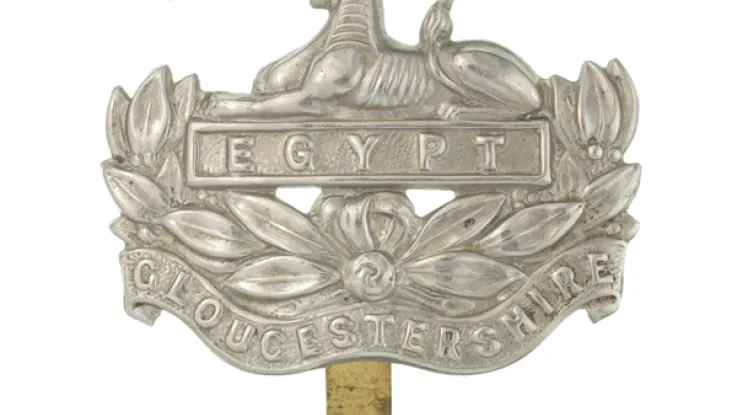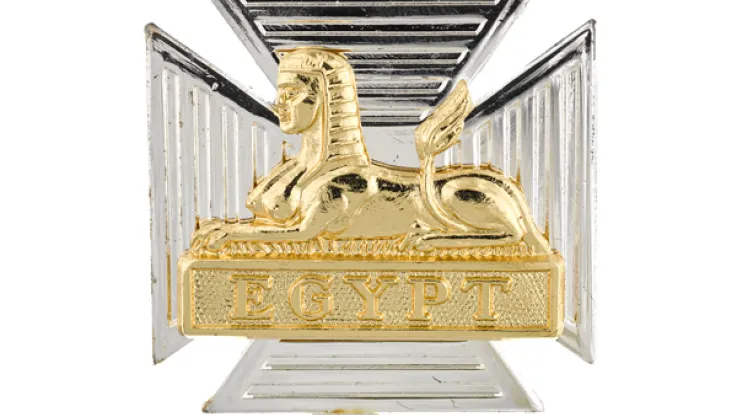Origins
In March 1689, the recently deposed James II landed in Ireland intent on retaking the throne from his son-in-law, William III. That month, the Welsh nobleman John Vaughan raised a regiment in Ireland to oppose James’s army. In gratitude, William later made him an Irish peer as Viscount Lisburne.
In 1692, the regiment’s colonelcy transferred to Richard Coote. Although the unit disbanded in 1697, Coote raised a new regiment in 1702, often regarded as the previous unit’s successor. This remained in Ireland for five years before being sent to fight in Spain and Portugal during the War of the Spanish Succession (1702–13).
18th century
In 1713, the regiment was sent to garrison the new colony of Minorca, ceded to Britain under the terms of the Treaty of Utrecht. It remained in the Mediterranean serving as infantry and marines until 1719. It would serve as marines again in 1744, this time in the North Sea, during the War of the Austrian Succession (1740-48).
In 1726-27, it helped withstand the siege of Gibraltar, another territory that had been ceded to Britain by Spain in 1713. It would return there for the Great Siege (1779-83) – the only regiment to serve in both campaigns - after which it was allowed to add Gibraltar’s castle and key to its badge.
It went to Jamaica on its first West Indian posting in 1730. The regiment also returned to Ireland frequently during its initial 50 years.
The regiment was given the number 39 in the line infantry order of precedence in 1751. A county affiliation with East Middlesex would follow in 1782.
In 1754, the 39th Foot became the first British Army unit to be deployed to India, earning it the motto ‘Primus in Indis’ (‘First in India’). It fought there in the Seven Years War (1756-63), including at Plassey (1757), for which it received a battle honour - the only British Army unit to do so.
In 1793, it returned to the West Indies. After its capture at Berville Camp on Guadeloupe, the regiment had to be re-formed in Ireland. But it was soon back in the Caribbean in 1795.
Napoleonic Wars
On its return to England in 1803, the regiment raised a 2nd Battalion by recruiting in the Welsh Marches. This remained on home service in England, Guernsey and Ireland until 1809, when it was sent to the Peninsular War (1808-14), fighting at Talavera (1809), Bussaco (1810), Badajoz (1811) and Albuera (1811).
In 1807, the regiment’s East Middlesex connection was transferred to the 77th Foot, with the 39th Foot taking over the Dorsetshire affiliation from the 35th Foot.
In the meantime, 1st Battalion served on Malta (1805) and Sicily (1810) before also being deployed to the Iberian Peninsula in 1811. There, it absorbed the personnel of the badly-battered 2nd Battalion, whose officers returned home to re-recruit.
1st Battalion fought at Vitoria (1813) and then across the Pyrenees into France. In 1814, it was sent to Canada to serve during the final year of the War of 1812 (1812-15).
The regiment resumed its single-battalion status in 1815, returning to join the occupying forces in France, before seven more years in Ireland from 1818.
Victorian period
From 1825, the 39th Foot guarded convicts en route to Australia as well as on arrival in New South Wales. A 13-year posting to India followed from 1832, including the Coorg (1834) and Gwalior (1843) campaigns.
In 1854, the regiment sailed for the Crimean War (1854-56), serving at Sevastopol. It returned to Canada in 1856, followed by a five-year posting to Bermuda from 1859.
Legacy
Its final independent deployment was to India in 1869. It was still there in 1881, when it was merged with the 54th (West Norfolk) Regiment of Foot to form The Dorsetshire Regiment.
Regimental museums
The National Army Museum works with a network of Regimental and Corps Museums across the UK to help preserve and share the history and traditions of the Army and its soldiers.
Discover more about the 39th (Dorsetshire) Regiment of Foot by visiting The Keep Military Museum in Dorchester.

